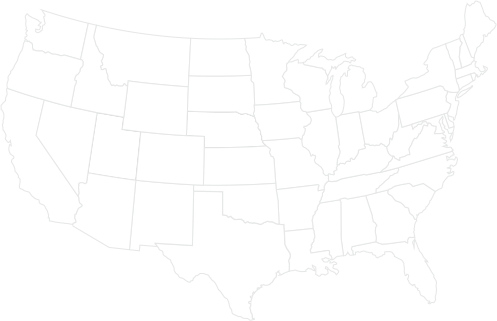Insights for Navigating Acidosis, PEM and Mineral Deficiencies in Beef Cattle
• Posted in Articles
Nutritional disorders can happen at any stage of cattle development, negatively impacting digestion, weight gain, health, reproduction and the producer’s bottom line. Many times, issues can be corrected by adjusting feed and supplementation programs to account for gaps or overfeeding of certain nutrients. The problem is producers may not know what to look for since not all disorders offer visual cues.
That’s where Dr. Steve Blezinger comes in. He grew up on a farm in central Texas and holds a Ph.D. in ruminant nutrition. For more than 30 years, he’s helped beef producers develop balanced feeding programs to accomplish their goals. Sometimes he can spot a problem by looking at the animal or talking with the veterinarian, but most of the time the answers lie in the nutrition plan.
“Nutritional issues typically fit into two categories: metabolic disorders and mineral deficiencies,” said Blezinger. “The key to addressing them lies in understanding their causes, evaluating current forages and developing a sound supplementation plan.”
Common Metabolic Disorders
According to Blezinger, two common metabolic disorders cattle producers deal with are bloat/acidosis and Polioencephalomalacia (PEM). Both are a result of overfeeding corn or corn biproducts, but the impact on the body is different.
Bloat or acidosis is caused by an overconsumption of starch, which breaks down too quickly in the rumen. Bloat can result from increased gas production that is not readily released. Bloat can also occur from grazing lush small grain or winter pastures. Acidosis is a significant drop in rumen pH levels causing digestion issues. PEM can occur through feeding high-starch byproducts like corn gluten feed and distillers dried grains (DDGs) but it’s really the high sulfur content in those products that can lead to neurological problems.
“Since these disorders come from overfeeding corn, issues can compound quickly,” said Blezinger. “We see this kind of thing when cattle producers get too focused on rapid gains and may not manage feeding properly.”
One way to help prevent it is balancing out the ration with higher fiber ingredients like whole cottonseed or soyhulls that can help balance the program and aid in digestion. Whole cottonseed is typically an economical feedstuff that’s also a good source of fat, protein and phosphorus,1 a mineral that’s often deficient in cattle diets.
Mineral Deficiencies
While minerals may not seem important because they’re utilized in such small amounts, they are integral to achieving production goals. Phosphorus, magnesium and trace minerals like zinc, manganese, copper, iodine and selenium are some of the most common deficiencies Blezinger works to correct.
“Protein and energy are the fuel that drives the car, but minerals are the nuts and bolts that hold it together,” said Blezinger. “Many issues I see on a day-to-day basis are mineral or vitamin related with the lack of phosphorus beingcommon.”
These problems generally stem from forages that lack sufficient amounts of these nutrients to meet the animal’s requirements. Pastures high in potassium and low in phosphorous reduce a cow’s ability to absorb magnesium. The transition to eating more hay after spring can lead to shortages of vitamins A, D and E. Issues can be avoided if producers take the time to understand the nutrient gaps in their forages.
Steps For An Effective Approach
The first step to developing an effective approach to combatting nutrition disorders is for producers to think of their forages as the foundation for their feeding program. They should evaluate what their pastures look like, their forage composition and try to get the most out of what they already have.
From there, Blezinger recommends creating a supplementation plan that fills in the blanks and is cost effective. This means taking labor availability and feed management into account.
“Too many times producers are not well versed at calculating their cost of supplementation. They end up feeding something that works OK but is crazy expensive or inexpensive but missing the boat on key nutrients,” said Blezinger. “As a nutritionist, I believe in helping them find the sweet spot that gets them the best production at the best cost.”
In addition to better understanding their own resources, he appreciates when producers keep an open mind and are willing to try new things.
“Just because your dad or grandad did something doesn’t mean you have to. We live in a different time with more options and possibilities. It’s good to be open to new ideas and ways of doing things. Otherwise, you could just be throwing money away.”
Here’s an idea for a cost-effective ingredient to supplement your beef cattle nutrition: whole cottonseed. Explore its benefits and how it could play a role in your program.
Resources:
1Jacobs, Luke, Kimm Mullenix and Steve Brown (2019) Whole Cottonseed Use in Beef Cattle Diets. Alabama A&M and Auburn Universities Extension. Found at: https://www.aces.edu/blog/topics/beef/whole-cottonseed-use-in-beef-cattle-diets/. Accessed on October 19, 2021.

